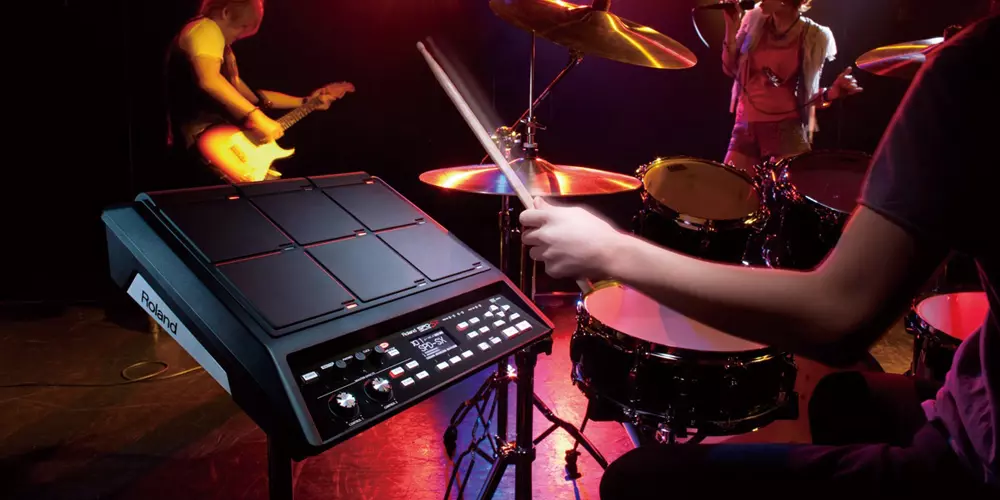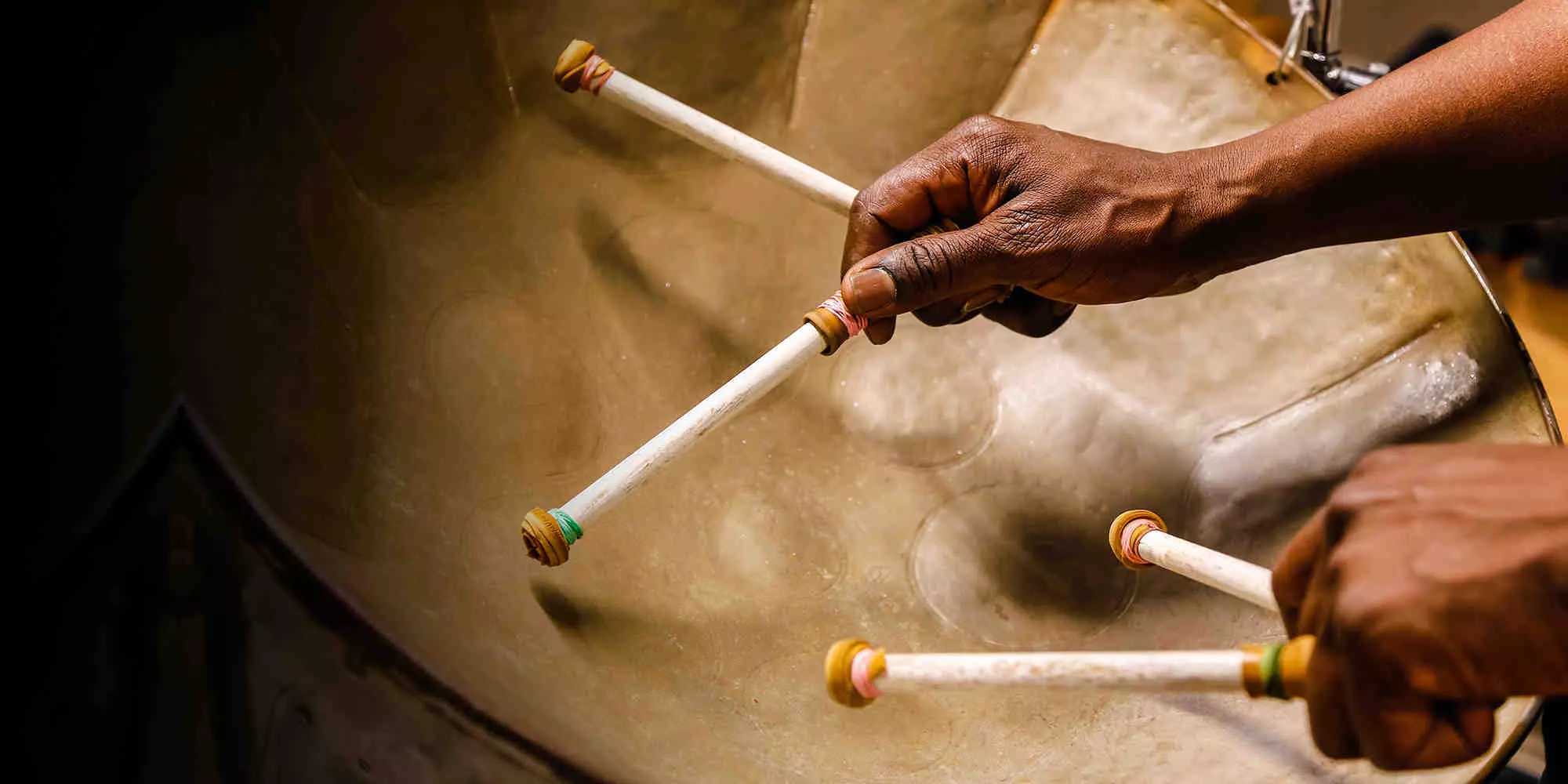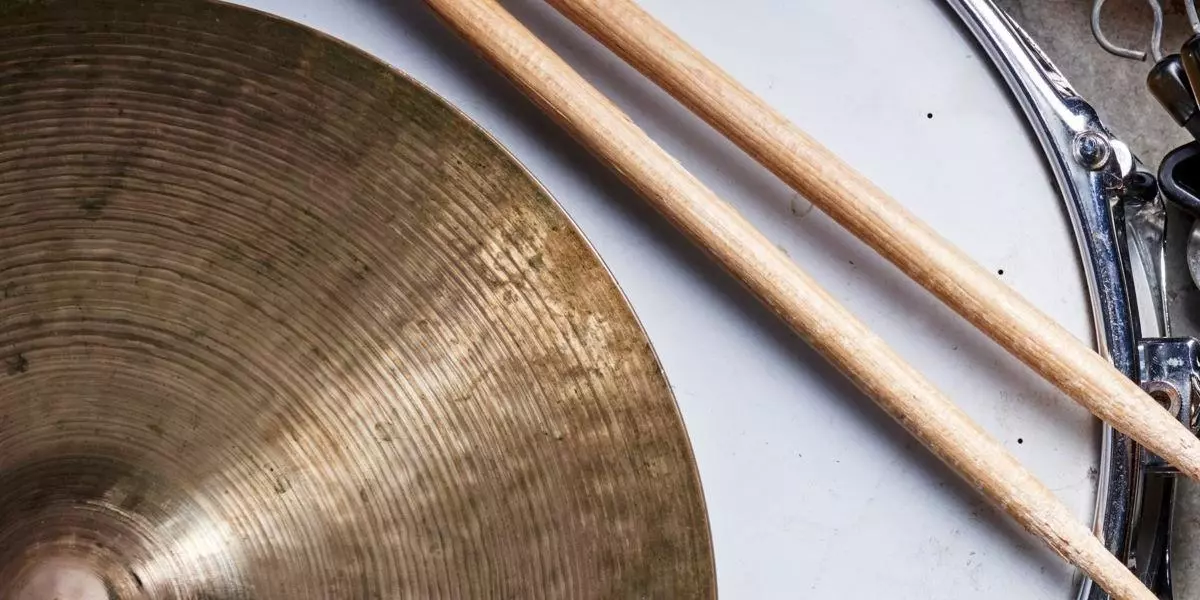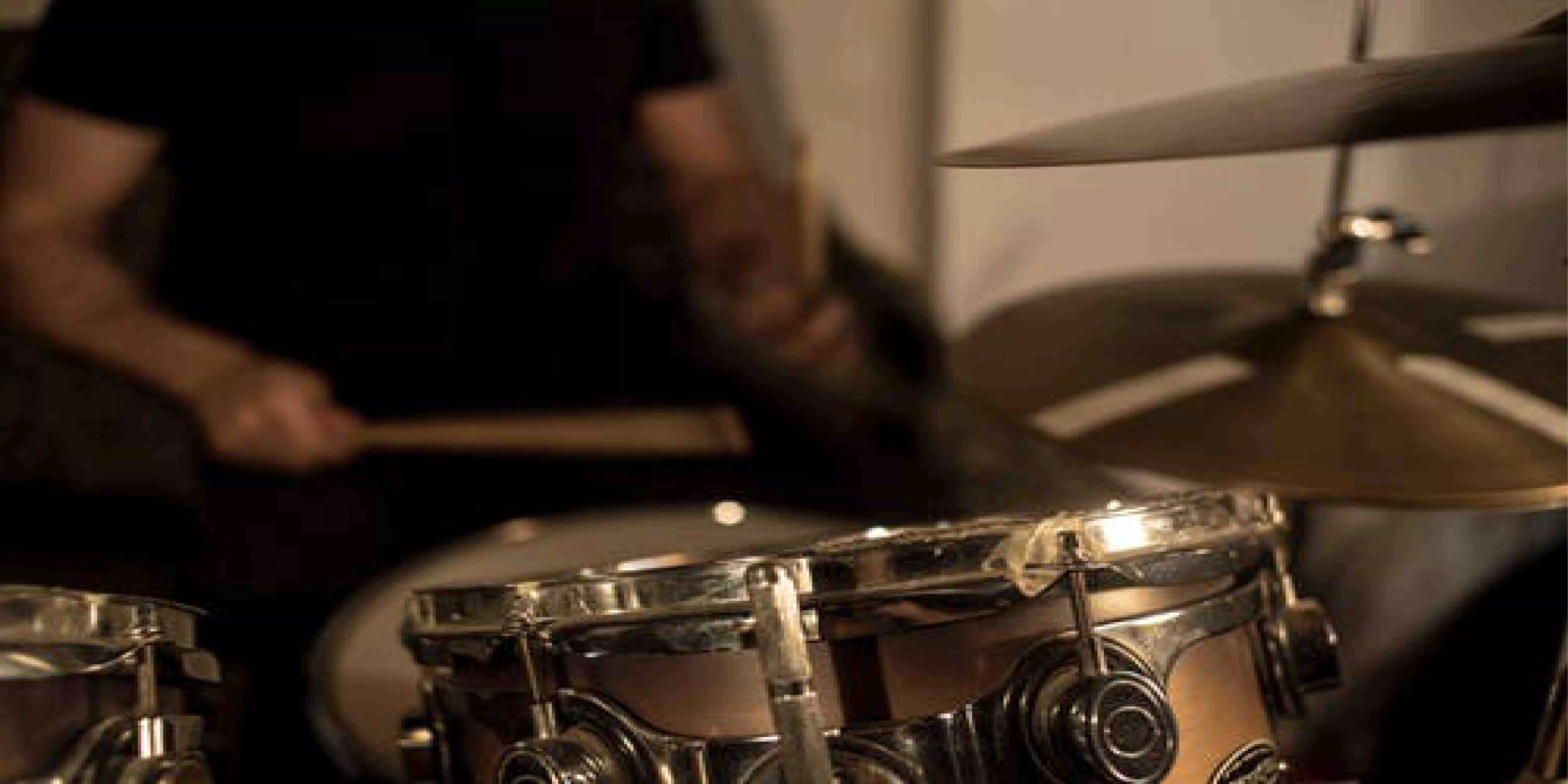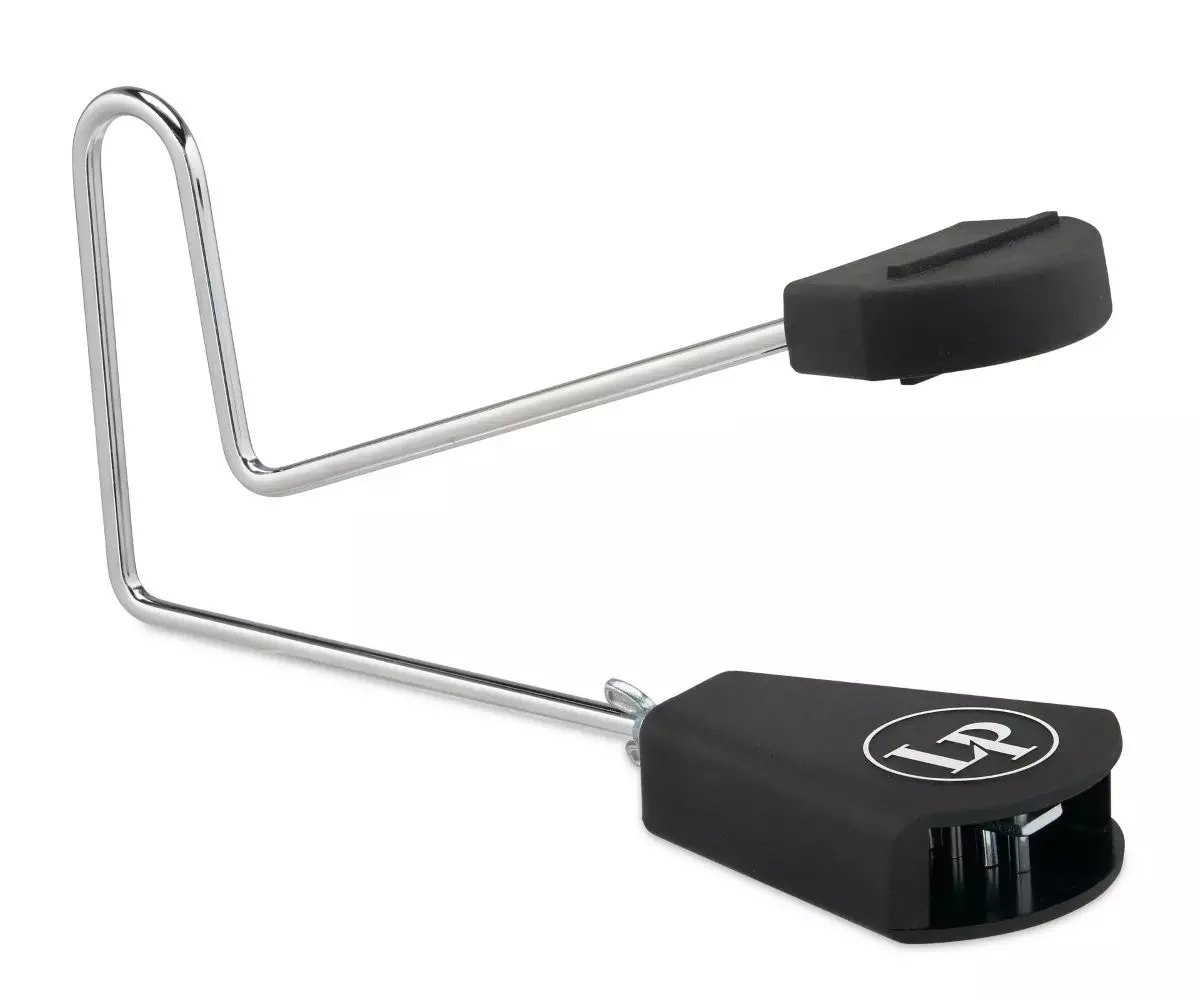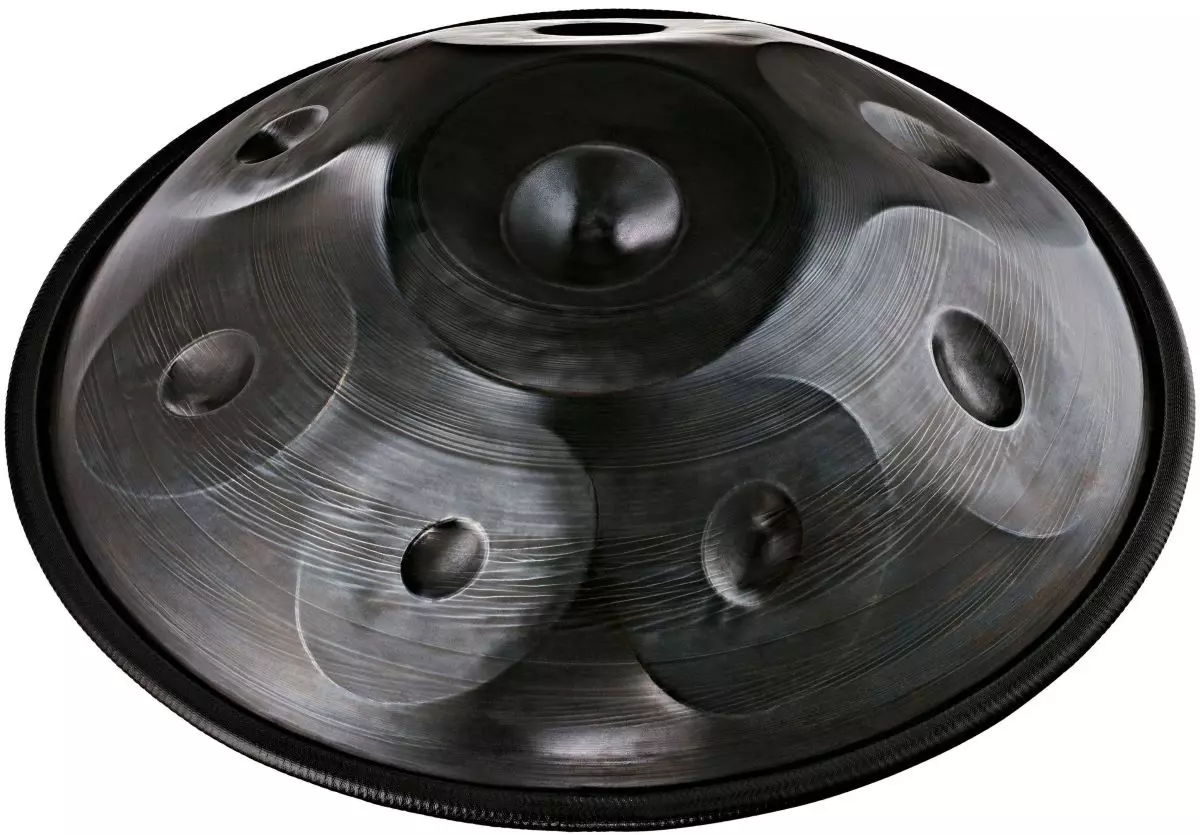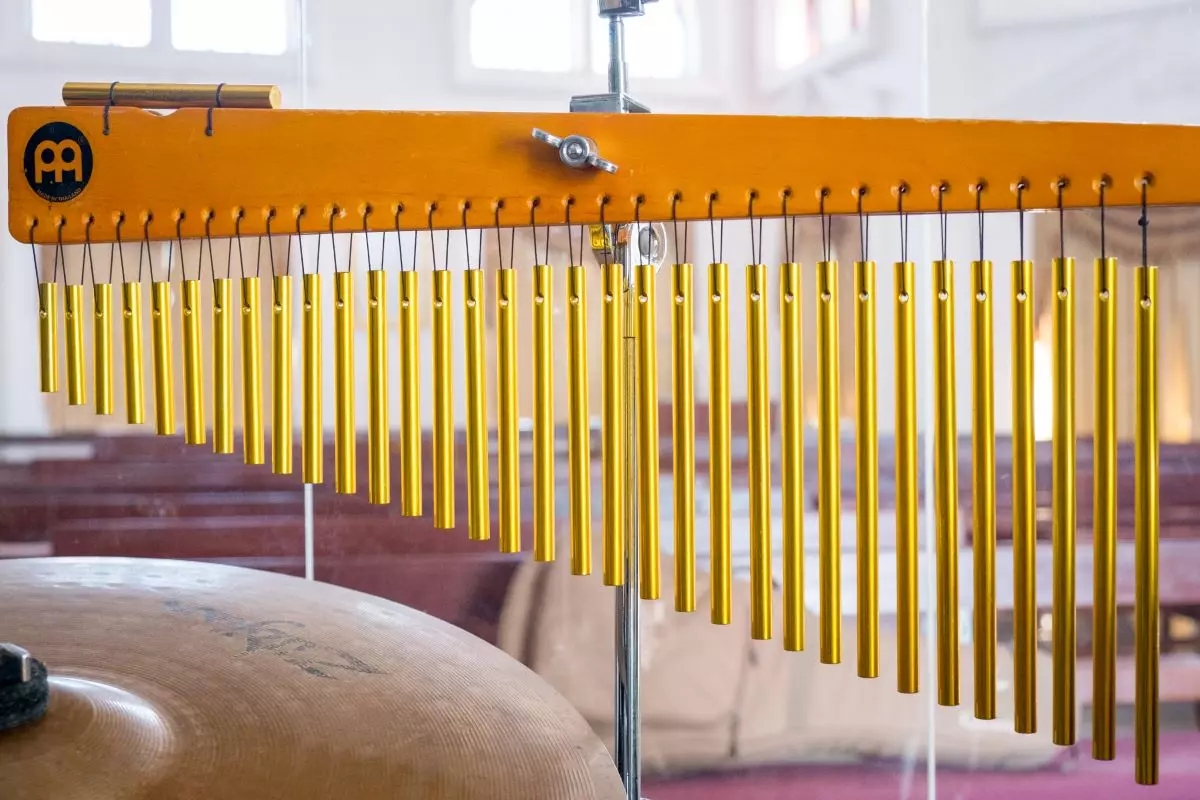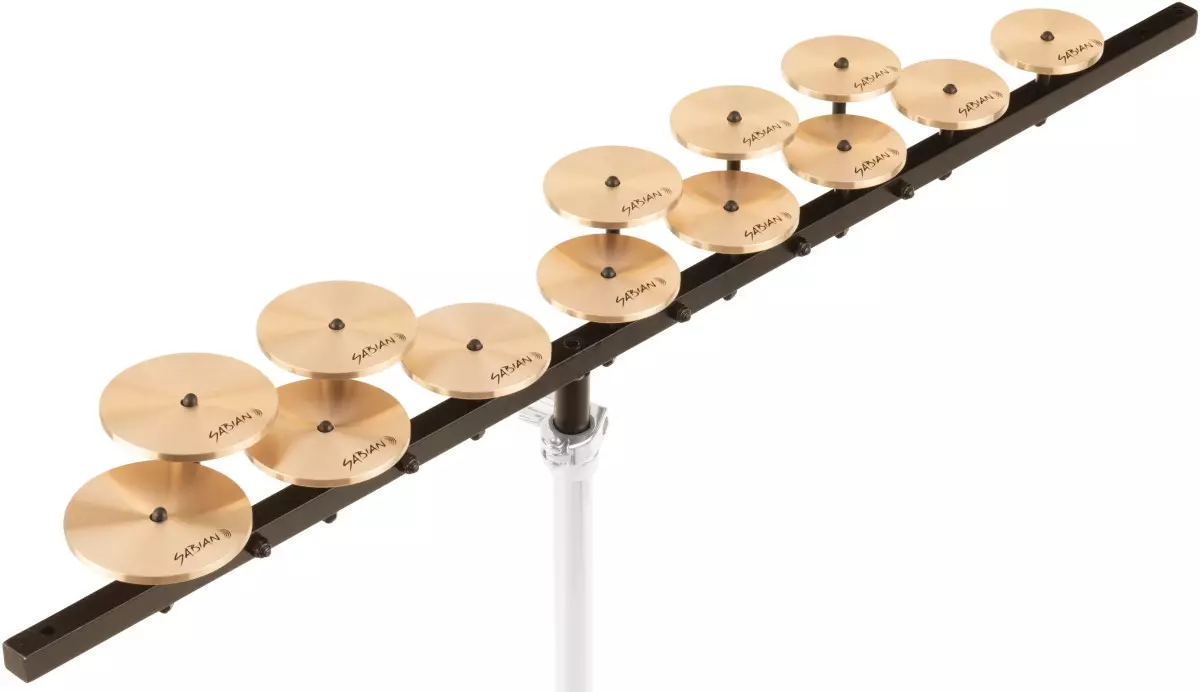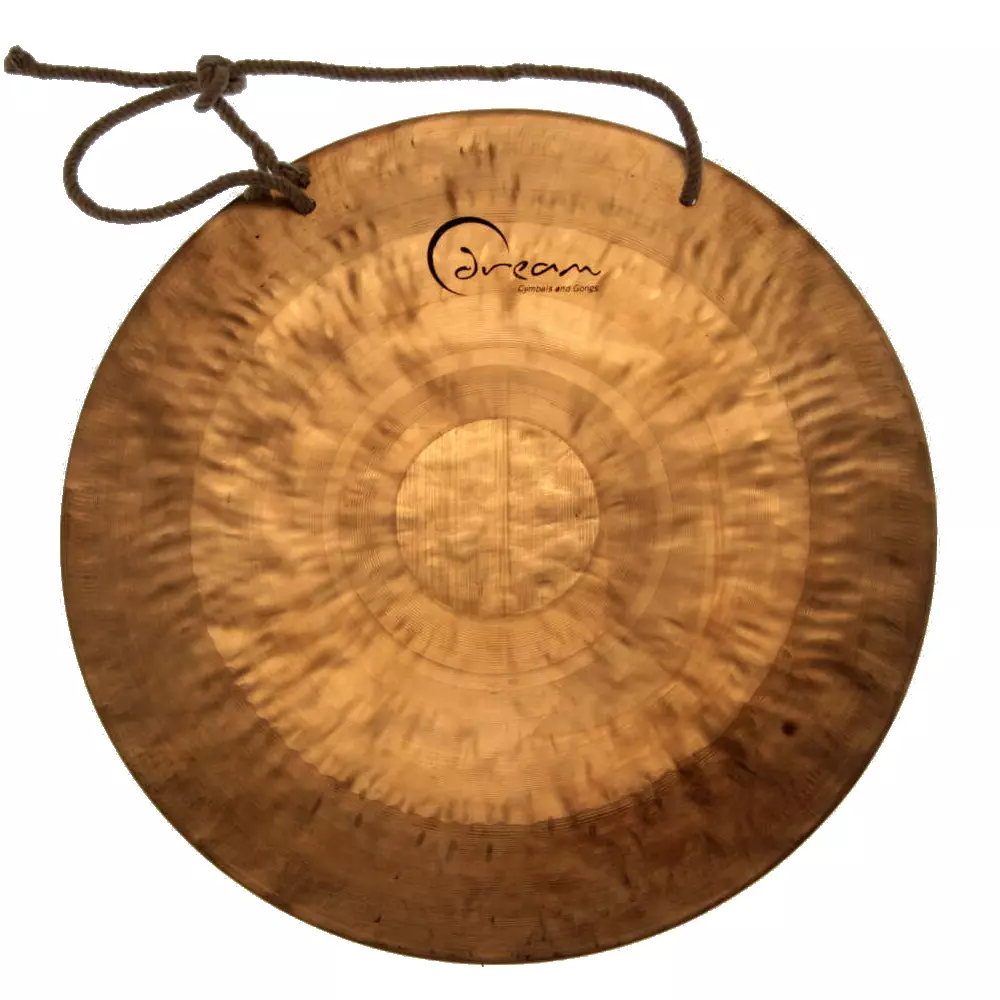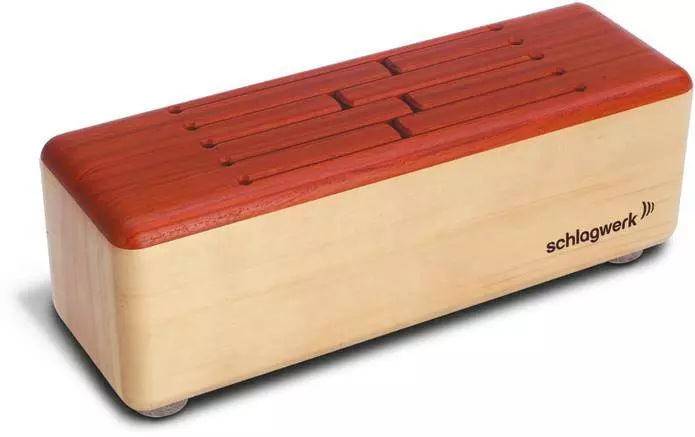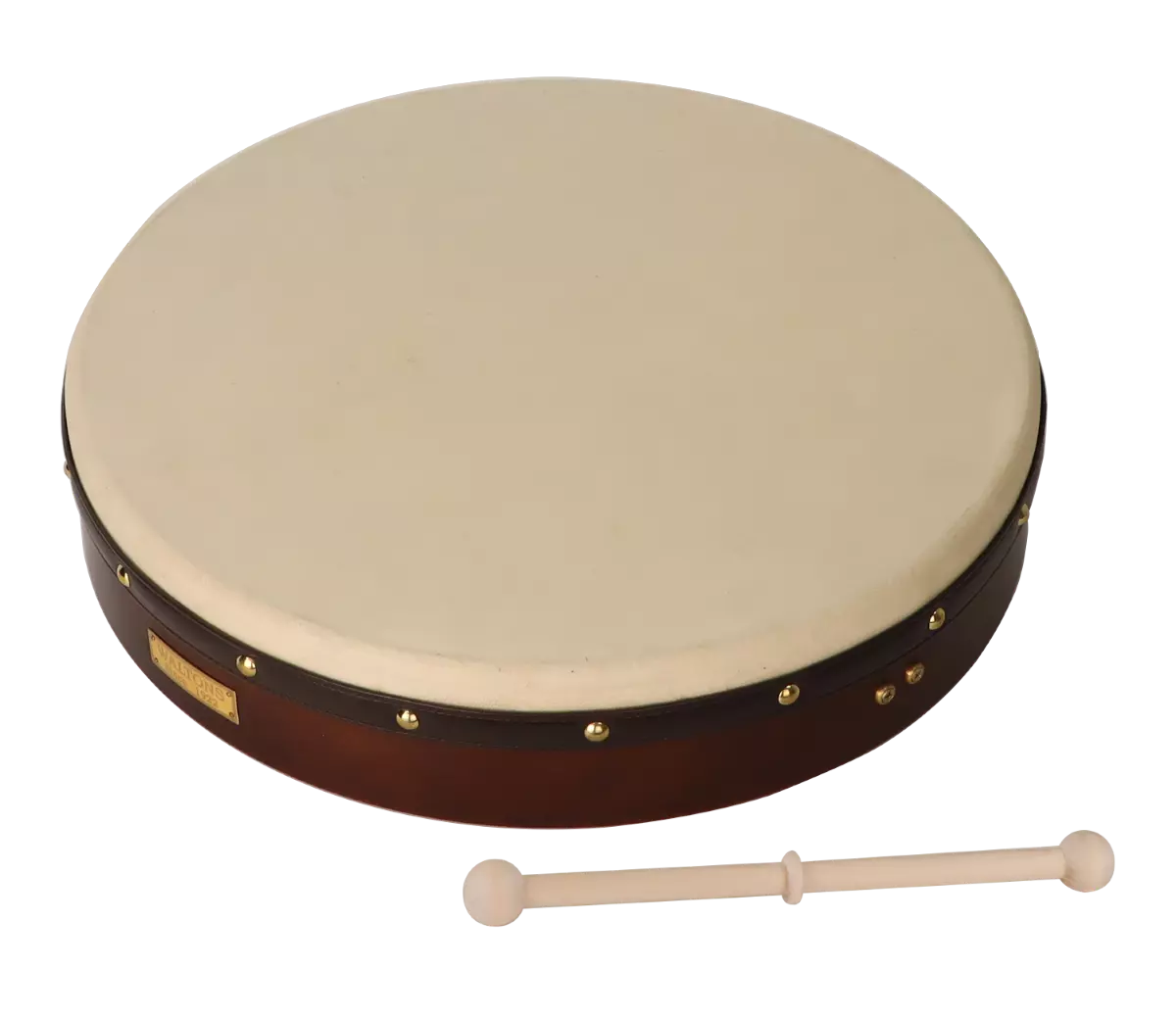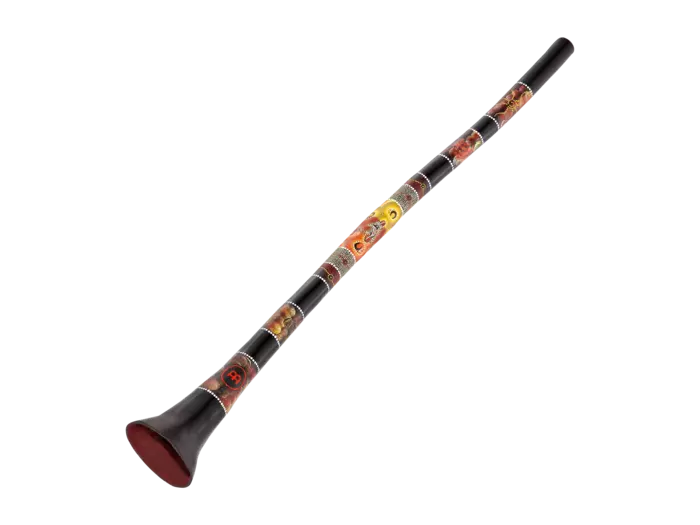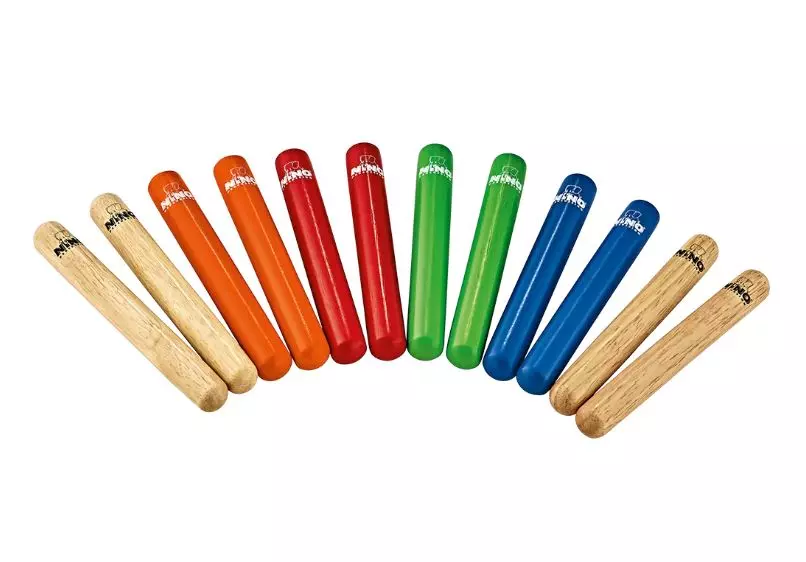10 Unique Hand Percussion Instruments You Did Not Know Existed
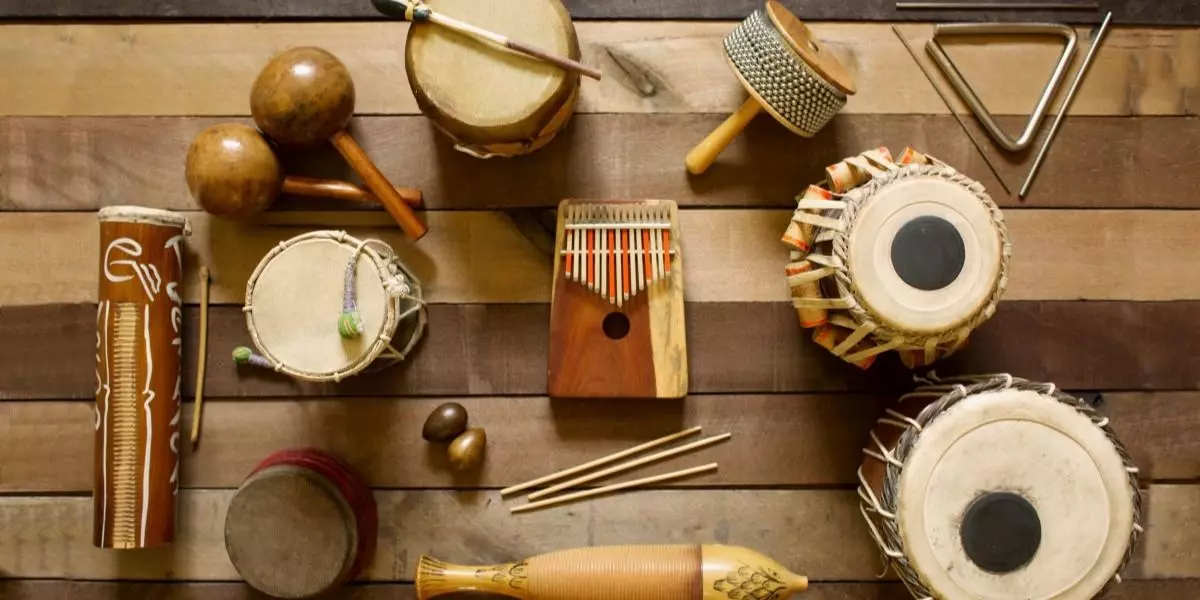
10 Unique Hand Percussion Instruments You Did Not Know Existed
Hand percussion instruments are among the oldest musical instruments in history. They bring rhythm to music across cultures and genres. You may be familiar with common percussion instruments like tambourines and triangles, but there are many lesser-known instruments that produce fascinating sounds.
In this article, we’ll explore 10 of the most distinctive hand percussion instruments you may have heard but never known by name.
1. The Vibra-slap
Latin Percussion Vibra Slap III Jenigore
At first, the vibra-slap might make you laugh. It sounds like the classic cartoon music from the 80s and 90s. But did you know its origins trace back to an ancient instrument made from the jawbones of donkeys and horses?
The vibra-slap is especially popular in Latin American music and is used in festivals and religious celebrations. It has a stiff wire connecting a wooden ball to a hollow wooden chamber filled with metal "teeth." When struck or slapped, it produces a rattling, percussive sound that adds a playful touch to various musical styles. Listen to what the vibra-slap sounds like.
2. Handpan Steel Drum
The handpan steel drum, with its mesmerizing sound, has roots in the Caribbean music scene of the 1930s. It consists of two metal half-shells glued together. The top shell has a central note called the "Ding," while the bottom shell has a resonating opening known as the "Gu."
The handpan has recently gained popularity, especially in meditation and music therapy. Studies have shown its calming effects on stress and anxiety. Smaller versions of the handpan, like the Meinl Mini Steel Tongue Drum, are played with mallets and offer an affordable alternative for beginners. There is even a mini pocket-sized handpan that is great for on-the-go use. Listen to what the handpan steel drum sounds like.
3. Tubular Bells
Musser Symphony Brass Chimes with Pedal
Chimes are a set of metal tubes of different sizes that produce bright, resonant tones when struck. Due to their sound, they are commonly used in orchestras, film scores, and even meditation music. They are very similar to wind chimes, which are often used in outdoor spaces for their calming, ambient effect.
Orchestral chimes, or tubular bells, are frequently used to mimic the sound of church bells. They are much bigger, so their ringing tone adds an angelic quality to many musical compositions. Listen to what the tubular bells sound like.
4. Crotales
Sabian High Crotale Set with Bar
Crotales, sometimes called "antique cymbals," date back to the early 1900s and evolved from medieval crotal bells. The name "crotale" comes from the Latin word Crotalum, meaning castanets, which are an entirely different instrument.
Crotales are made up of small bronze or brass disks about four inches in diameter, arranged chromatically across up to two octaves. They can be played by striking them with mallets or bowing them with a violin bow, which gives them an interesting, haunting sound. Their bright, bell-like tones make them a staple in orchestral and experimental music. Listen to what the crotale sounds like.
5. Gong
The gong is one of the oldest percussion instruments, dating back to 300 BC in Vietnam. While many recognize its deep crash, fewer know that gongs come in various sizes and serve different purposes. Some are used in orchestras and movie soundtracks, while others are played in sound therapy sessions.
The thunderous vibrations of a gong can have a profound effect on the listener—it's like the sound of a thunderstorm hitting your entire body! Because of their complexity, large gongs can take two years to craft, making them treasured musical instruments worldwide. Listen to what the Gong sounds like.
6. Log Drum Padouk
Schlagwerk Log Drum Padouk - 8 Pitches
Back in 2016, one of my co-workers and I wrote a comedy show about the history of Drums around the world. During our research for the show, we came across some uniquely special percussion instruments.
The Padouk was one of my favourites and ended up in my collection after the show was complete. I even used it in my song La Vallée Des Dix-Milles Fumées (“The Valley of Ten Thousand Smokes” in French) to create a unique atmosphere for the listener.
The log drum, also known as a slit drum or tongue drum, has been used for centuries by indigenous cultures across Africa, Southeast Asia, and the Pacific Islands. Traditionally used in rituals, religious ceremonies, and as a communication tool, the log drum produces warm, melodic tones when struck with rubber mallets. Modern log drums, such as the Schlagwerk Log Drum Padouk, are available in six or eight pitches. Listen to what the log drum padouk sounds like.
7. Bodhran
Waltons Irish Music Bodhran Players Pack
The bodhran is a traditional Irish frame drum played with a wooden beater called a "tipper." Its deep, resonant sound is popular in Celtic folk music. Skilled players can manipulate the headed drum tension to create a wide range of sounds. Beyond folk music, the bodhrán is used in modern genres, adding depth and rhythm to various musical styles. Listen to what the bodhran sounds like.
8. Didgeridoo
The didgeridoo, originating from Indigenous Australian cultures, is a long, hollow wooden instrument that produces a deep, droning sound. While it is often considered a wind instrument, it requires rhythmic breathing techniques, such as circular breathing, to maintain continuous sound.
Traditionally, the didgeridoo is used in ceremonies and storytelling, with its hypnotic tones said to connect listeners to the spiritual world. Today, it remains an integral part of Indigenous Australian culture and has also gained popularity in world music and ambient soundscapes. Listen to what the didgeridoo sounds like.
9. Claves
Latin Percussion Traditional Claves
Claves are a pair of short wooden sticks that create a sharp clicking sound when struck together. They are essential in Afro-Cuban and Latin American music, providing a steady rhythm.
Although they seem simple, claves require precise timing to maintain their rhythm. Their distinct sound cuts through dense musical arrangements, making them a staple in percussion instruments across multiple genres.
The benefit of learning claves is that they are inexpensive to get into and begin learning. They are easy to learn and challenging to perfect, but once you do, they are a great addition to any song with a happy feel-good beat. Listen to what the claves sound like.
10. Wood blocks
Los Cabos Hard Maple Wood Block
Woodblocks are hollow wooden percussion instruments that produce a sharp "clack" when struck with a mallet or beater. Common in orchestras, marching bands, and traditional Asian music, woodblocks add a nice percussive element without the loud bangs of the gong. They can be played individually or in a temple block set on a stand.
The versatility of the wood block allows musicians to create complex rhythms. Woodblocks are often used in educational settings to teach basic timing. Depending on the type of wood used to build them, woodblocks can be affordable. Woodblocks are a great addition to any percussionist’s toolkit, adding an organic, warm tone to various musical styles. Listen to what the woodblocks sound like.
World & Hand Percussion
If any of these fascinating hand instruments have piqued your interest, they are available online at Long & McQuade. While this blog only went through ten instruments, there are many other unique percussion instruments in the world of hand percussion.
Whether you’re looking for an instrument to add texture to your music or to explore new sounds, hand percussion instruments offer a world of rhythmic possibilities. Explore our extensive inventory of hand drums and percussion instruments today at Long & McQuade.

